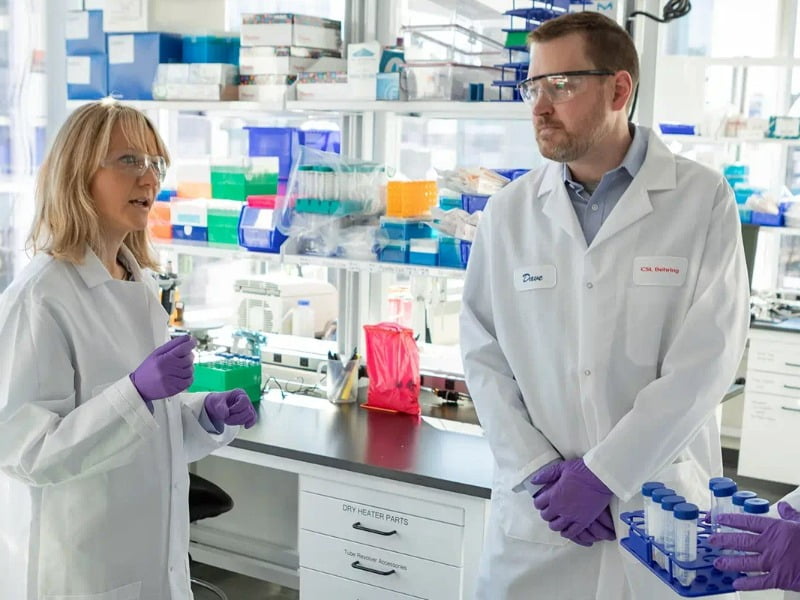A week ago I showed how Australia’s innovation effort – which has direct implications for our productivity – has fallen every year since the Coalition came to office, but what about individual firms?
Well, the figures show our business sector has – with honourable exceptions – eschewed the high road of pioneering technology and research for the low road driven of low value goods and services.

Take the company which spends the most on R&D globally, Amazon a company involved in the fairly mundane online retailing business.
Yet Amazon spends a massive 11 per cent of sales on R&D, with its $57.7 billion spend dwarfing every Australian company.
In fact Amazon’s innovation spending exceeds the total spend by Australia’s public and private sectors combined of $35.6 billion in 2019-20.
And Amazon is not alone in outspending the entire Australian economy – Alphabet, formerly Google, also outspends Australia with an innovation spend of $37.3 billion.
The tale of Australia’s corporate innovation failure is told by comparing resources based companies Kyocera of Korea and BHP.
In the same time Kyocera moved up the value chain from ceramics to silicon chips, BHP shed value adding shipbuilding, steel making and related products to become an exporter of largely unprocessed minerals.
This retreat from anything complex to the simple act of digging stuff up – admittedly efficiently – is repeated across industry, all with the back-slapping support of capital markets and governments.
Today among the Global Top 2,500 companies for research and development spend Australia has a mere 14 companies present.
What a nation, and what a corporate sector of small ambition and risk avoidance.
Our largest R&D spenders are actually Telstra and the banks whose spending creates efficiencies, not globally relevant businesses.
The leaders in what I would call productive sectors are CSL with R&D spending of $1.21 billion followed by the likes of Aristocrat Leisure on $528 million, Cochlear on $121 million.
Only a handful of established companies as distinct from young businesses, spend around 11 per cent of revenues as does Amazon and other world leaders.
The election challenge then for corporate Australia is how do we create more CSL’s and Aristocrat’s, and incentivise the BHP’s of the world to look to adding value, technology development and complex, technical products and services.
I have often argued for the 150 per cent tax deduction on R&D we had in the 1980s and 1990s which was easy to understand, available equally to all and sent the right message to corporate bean counters and investors.
Unfortunately it sent the wrong measure to Treasury which has destroyed the incentive by a thousand cuts, definitional changes and bizarre complexity.
I leave you with details of the federal government’s amended package for the R&D Tax Incentive for the 2022 financial year, posted to social media by Ben Cusack – Research and Development Tax Specialist.
I challenge anyone to make sense of this let alone tell me it sends a clear message to the corporate sector that innovation is desirable.
For companies with an aggregated turnover of more than $20 million, there is a two-tiered premium that ties the rates of the non-refundable R&D tax offset to the incremental intensity of the R&D expenditure as a proportion of total expenditure.
The new rates will be the claimant’s company tax rate plus 8.5 percentage points for R&D expenditure up to two per cent R&D and intensity, and 16.5 percentage points for R&D expenditure above two per cent R&D intensity.
For companies with an aggregated turnover below $20 million, the refundable R&D tax offset is a premium of 18.5 percentage points above the claimant’s company tax rate.
The government also increased the R&D expenditure threshold from $100 million to $150 million per annum.
And there is more:
Canberra is improving the transparency of the program by publicly disclosing R&D claims, announcing greater enforcement activity and improved programme guidance to participants, and made amendments to technical provisions.
This story was originally published by @AuManufacturing. You can subscribe to the @AuManufacturing newsletter here.
Do you know more? Contact James Riley via Email.
